Introduction
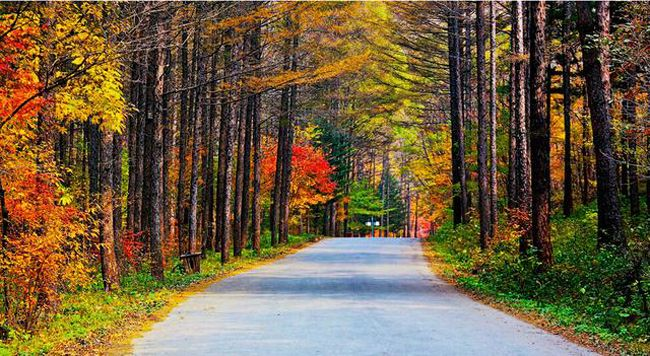
Canada, the second-largest country in the world, is renowned for its stunning natural landscapes, diverse culture, and friendly people. It offers a perfect blend of bustling cities and serene wilderness, making it an ideal destination for a road trip.
Driving through Canada allows you to experience its vast and varied scenery, from the majestic Rocky Mountains and pristine lakes to charming small towns and vibrant urban centers. The well-maintained highways and scenic routes provide a smooth and enjoyable journey, making Canada a paradise for road trip enthusiasts.
Car Rental Tips
Book in Advance
Generally, we recommend that you make your reservation one month in advance so that you could choose the desired vehicle and date.
If you proceed directly to the car rental store without a booking, it is likely that the car you need might be unavailable.
*If you are already a QEEQ diamond member, you only need 1$ to freeze your booking and make the rest of the payment before pick-up, which does not affect your credit card limit.
Required Documents
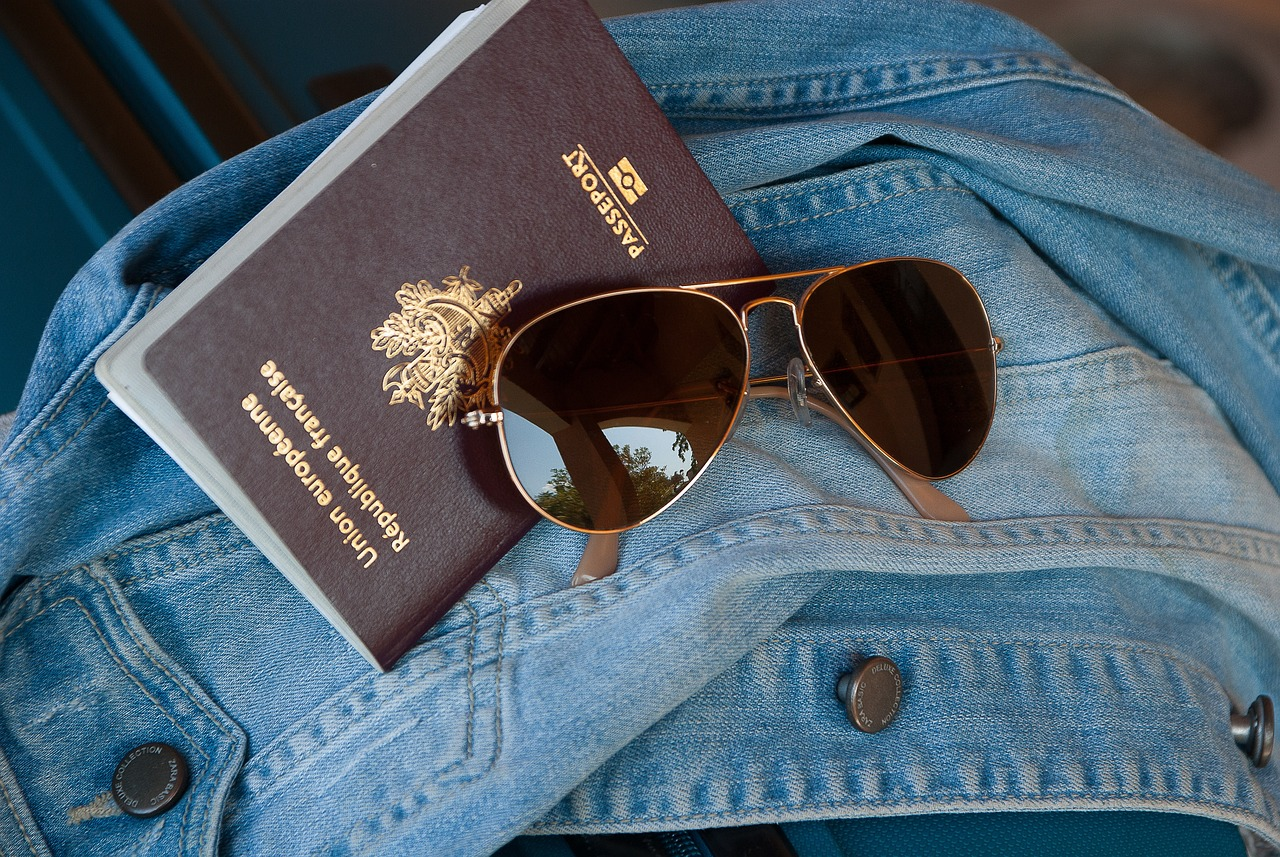
Passport, Driver’s License, IDP(Optimal), Credit Card
International Driving Permit (IDP) is highly recommended, which allows you to drive legally in countries that need one.
If it is inconvenient for you to apply an IDP, generate a free driver’s license translation on QEEQ.com (Only available on Japanese site).
Car Choices
The choice of your car depend largely on the duration of your trip, passenger number, luggage amount and road conditions.
City Driving for small groups (1-3 passengers)
If you are a couple, or travel with a friend or two, or if you travel alone, a reasonably priced small car would be a good choice.
Compact size cars have 4 to 5 seats. We recommend sparing one passenger capacity so you could relax and have more space.
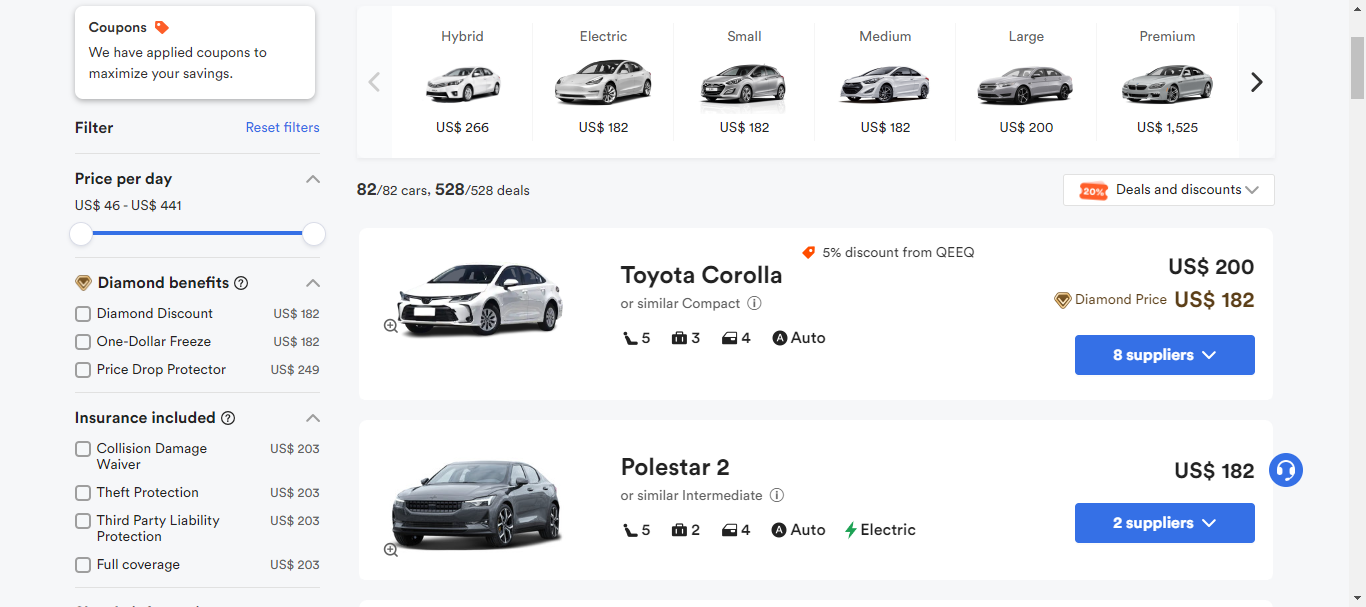
4 to 5 passengers including children and elderly
Medium and large size cars are recommended. These models could still possess a fair mount of space with 2 to 3 suitcases. SUVs are suitable for hybrid road conditions. Eco-friendly cars such as the Prius could save your spend on gasoline. Choose what you need giving you peace of mind on long trips.
Traveling in a group of 6 or more
It would be a wonderful experience to choose a van for everyone to have his or her own seat. These models accommodate a passenger capacity from 7 to 12 people. While it is noticeable that large cars cannot make quick and sharp turns. So we recommend renting two small or medium-sized cars if you spend a lot of time driving through towns.
Online Booking Process

We are endeavoring to make your booking as convenient as possible. Enter our website QEEQ.com, log in, enter the required information, and follow the instructions, you are free to rent your desired car.
Insurance
What Insurances Are Available?
*For Autopilot Cars:
(1)Insured: Protection for the person renting the car, including passenger accident insurance and personal accident insurance (PAI). This includes the personal safety of the driver, passengers, and their personal belongings.
(2) Automobile Insurance: protection for the vehicle of the renter. Collision Damage Waiver (CDW) is one example.
(3)Third-party Insurance: insurance that protects third parties other than the renter and the car rental company. Basic Third Party Liability (BTL) insurance, etc.
International car rental booking will include the basic insurance required for car rentals: Vehicle Damage Coverage,Theft Protection, and Third Party Liability Insurance.
The deductible is the maximum amount of money you’re liable for in the event your rental car is damaged or stolen as long as you follow the conditions of your rental agreement. For example, the deductible is 1000 dollars, if the damage to the rented car is less than 1000 dollars, the customer pays; if the damage is more than 1000 dollars, the customer pays up to 1000 dollars; and the store’s insurance company pays for the part exceeding 1000 dollars.
Many travelers want more comprehensive coverage and purchase additional insurance. Personnel, vehicle and third-party coverage varies by insurance type. Here are some examples of common types of insurance (note: more checks means more coverage):
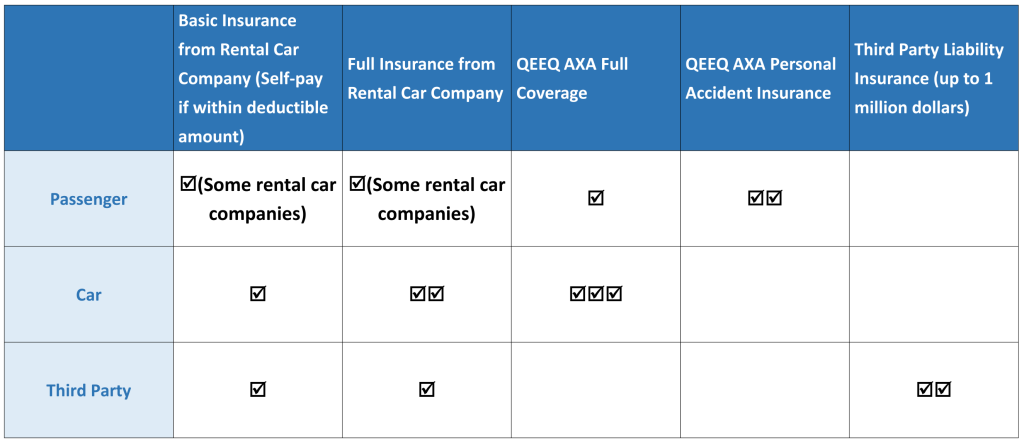
When and How to Purchase Insurance
There are two ways to obtain insurance: one is to purchase insurance when booking the car online; the other is to purchase insurance at the local store where the car is rented when picking up the car.
Generally, insurances provided by rental car companies usually has narrower coverage, higher premiums, so purchasing insurance online when booking the car is highly recommended.
How to Choose Insurance
If you are traveling with limited budget, it is better to choose the kind of insurance policy with the most comprehensive coverage. The main reasons are:
Firstly, repairing fee for the car would probably be higher abroad.
Secondly, in case of an accident, the medical cost and compensation are very high.
Thirdly, the wider the coverage, the less the troubles you would deal with, which saves tons of time and energy.
Taking automobile insurance as an instance, comparing to common insurance policies, the most comprehensive insurance coverage, including glasses, tires, chassis protection, and considerations for special road conditions such as sand and rocks, is very necessary, but basic insurance of car rental companies usually does not include full coverage as such.
Picking Up the Car
Check Before Departure
Before proceeding to the car rental shop, make sure you have brought with you all necessary documents for picking up the vehicle, and two international credit cards is recommended to ensure that there is enough credit limit for the pre-authorization.
Proceed to the Car Rentals
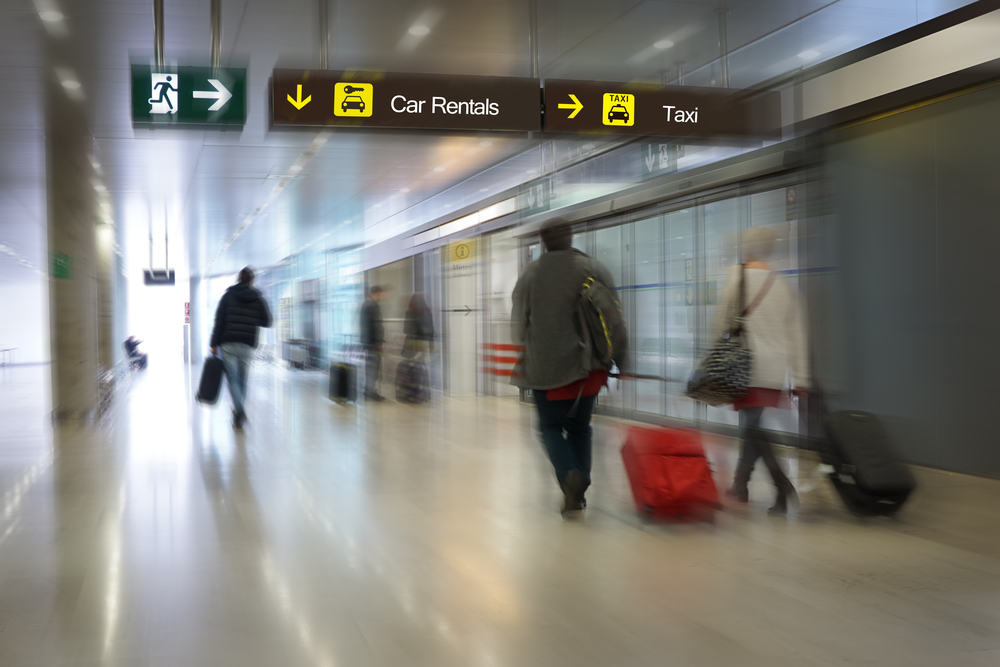
If there is a pickup store nearby, you could just walk there, following signs for airport rental cars.
If the rental car center is far away, there is usually a free shuttle bus bound for the rental car center. Shuttle buses run every 10 minutes approximately, so take the bus when you see the logo of your car rental company.
If the shuttle is not available, you can contact the car rental company and wait for staff member to pick you up at designated location. In case you have difficulty communicating with the store staff, please call QEEQ and we will assist you in English or other languages.
Inspect the Car

When you receive your reserved vehicle, inspect the bodywork for damage. At that time, it’s a good idea to document the entire process with your smartphone camera or take a picture of the dashboard. Because if you forgot to check the condition of your vehicle before departure, you may be charged for wronged damage repairs when you return it.
Payment
Payment is due on the day of the rental unless you are paying online or purchasing a tour package.
Insurance is usually included in the rental price, but some car rental companies offer paid options for more comprehensive coverage.

Last but not least, keep all contracts and documents safe for possible further usage. Once you have received your keys, check the seat heights, mirror positions, secure child seats, and then you are ready to go!
Traffic Rules and Signs
Drive on the Right
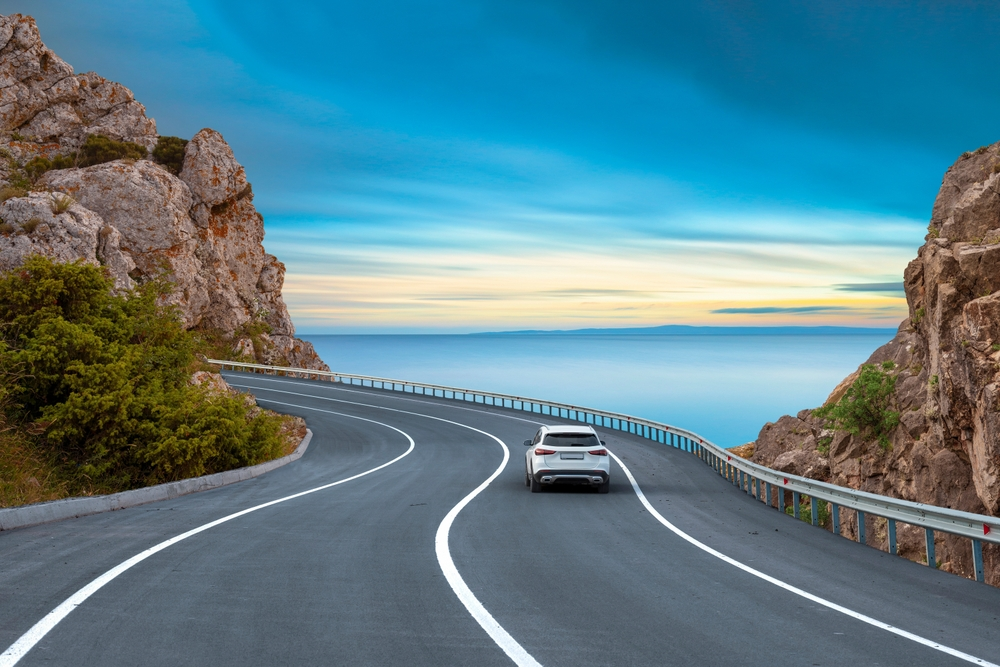
In Canada, vehicles drive on the right side of the road, and the cars are of left rudder ones. So if the driving convention is different from your country’s, this is the first thing you should notice.
Pedestrians and Bicycles First

Pedestrians and bicyclists must be given priority at intersections with traffic lights and crosswalks. When you see a crosswalk sign, slow down and check for pedestrians and bicyclists. Otherwise it will result in a $167 fine.
Headlights On All Day
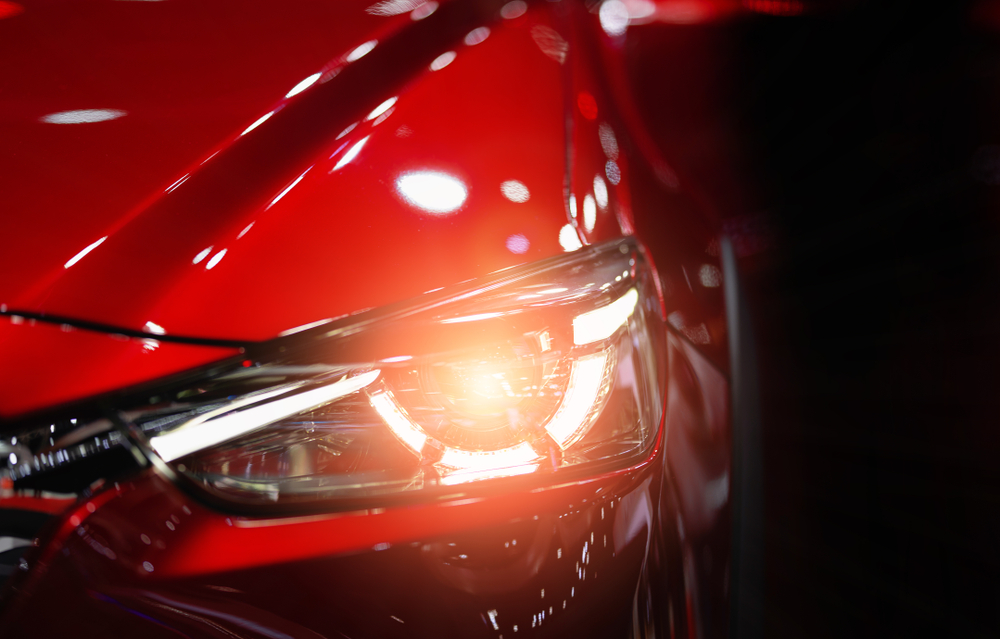
In Canada, it is recommended that headlights are used not only at night, but also during the day.
The law requires headlights to be turned on in the following situations:
- 30 minutes after sunset and 30 minutes before sunrise
- When visibility is poor due to fog, snow, hard rain, etc.
Seat Belts and Child Seats Required
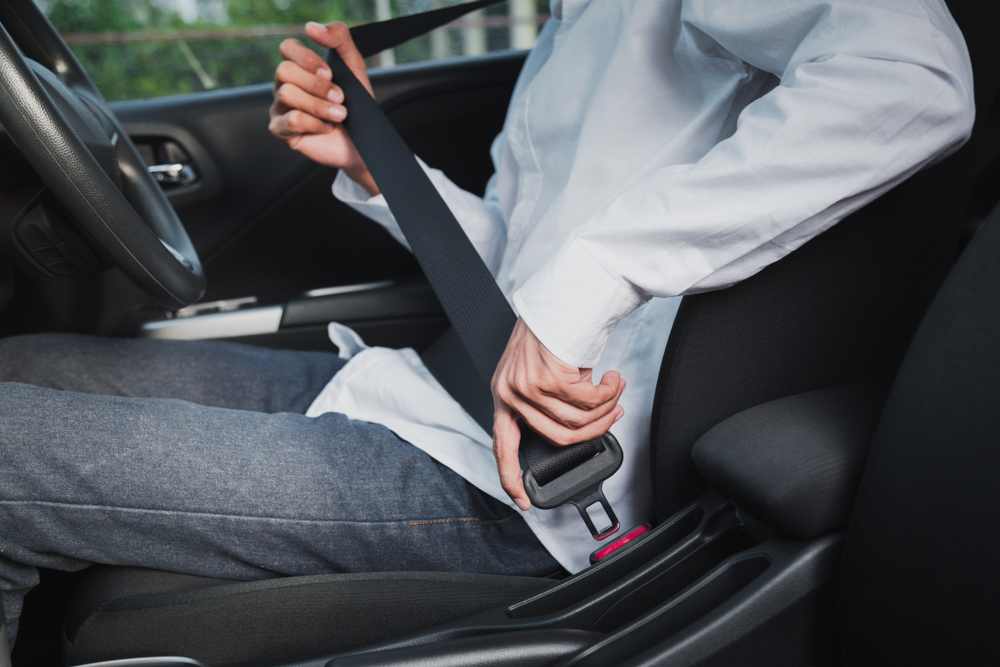
Seat belts must be fastened not only by drivers but also by passengers.
Drivers will be fined for driving without seat belts or allowing passengers to travel without seat belts.
In addition, children weighing less than 18 pounds must use a child seat, which type of child seat you use depends on your child’s weight, height and age.
Do Not Overtake School Buses
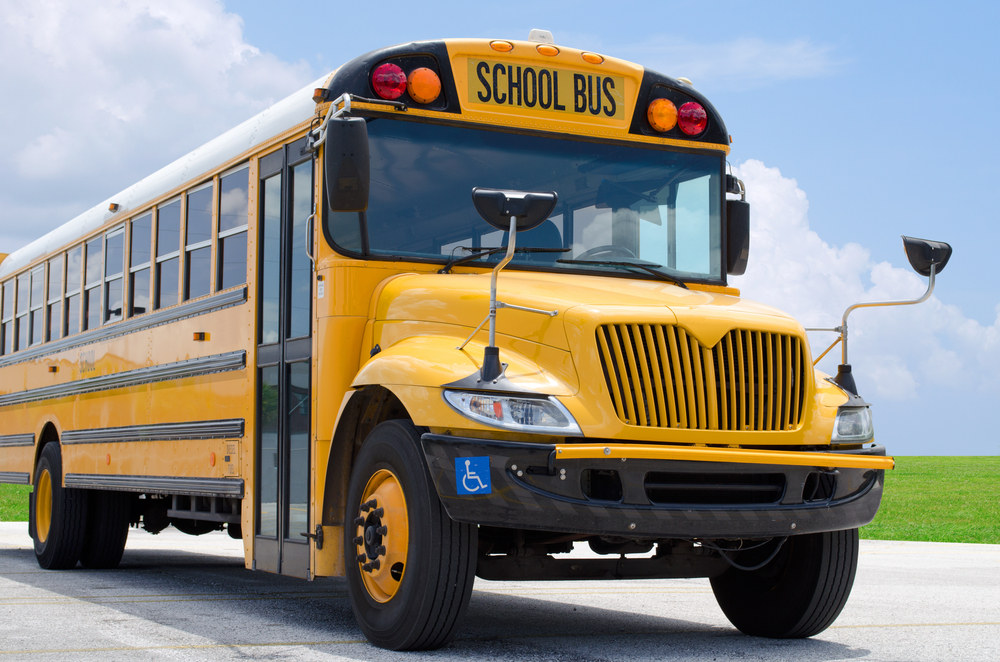
If you see a school bus while driving in Canada, please be mindful.
Canadian law requires that when students stop to get on or off a school bus, vehicles must also stop.
When the red light on a school bus is flashing, it indicates that students are getting on or off the bus.
No Need to Stop at Railroad Crossings
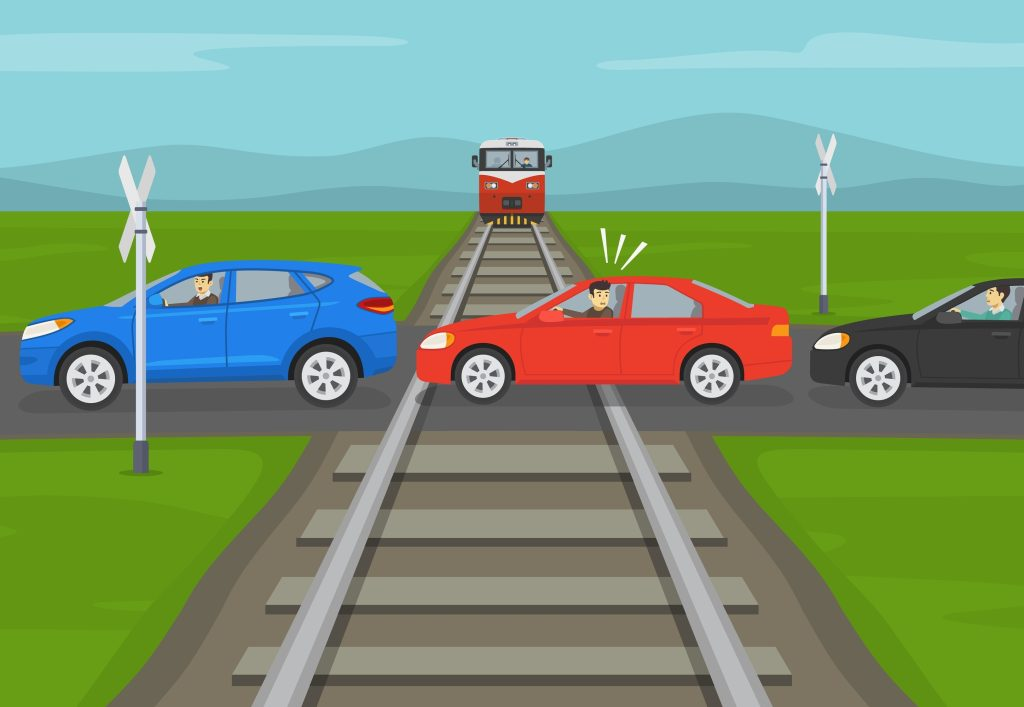
There is no need to stop at railroad crossings in Canada, even if the gates are open.
Please be careful if you stop at a railroad crossing as it can cause an accident. Of course, if the gates are closed or the alarm begins to sound, stop at the stop line and wait for the train to pass.
Stop Sign
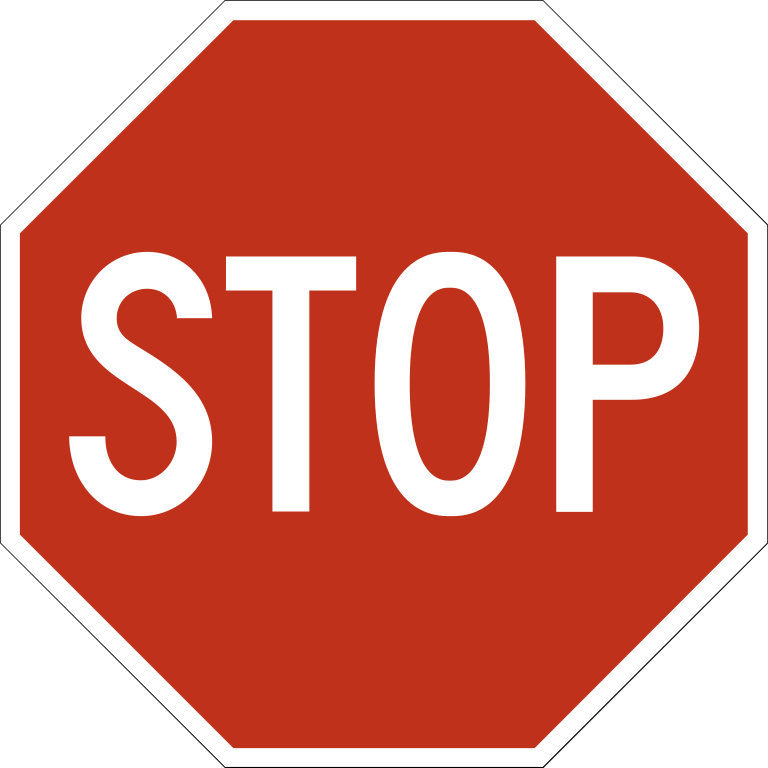
When there is a STOP sign, all vehicles must stop for 3 seconds to ensure safety, even if there are no pedestrians or vehicles in the way.
If there are STOP signs on all four sides of an intersection, stop and restart in the order of which each vehicle arrived at the intersection. The STOP sign is for one car to stop, it is strictly prohibited to follow the car in front of you to stop and then proceed to overtake it.
Yield Sign
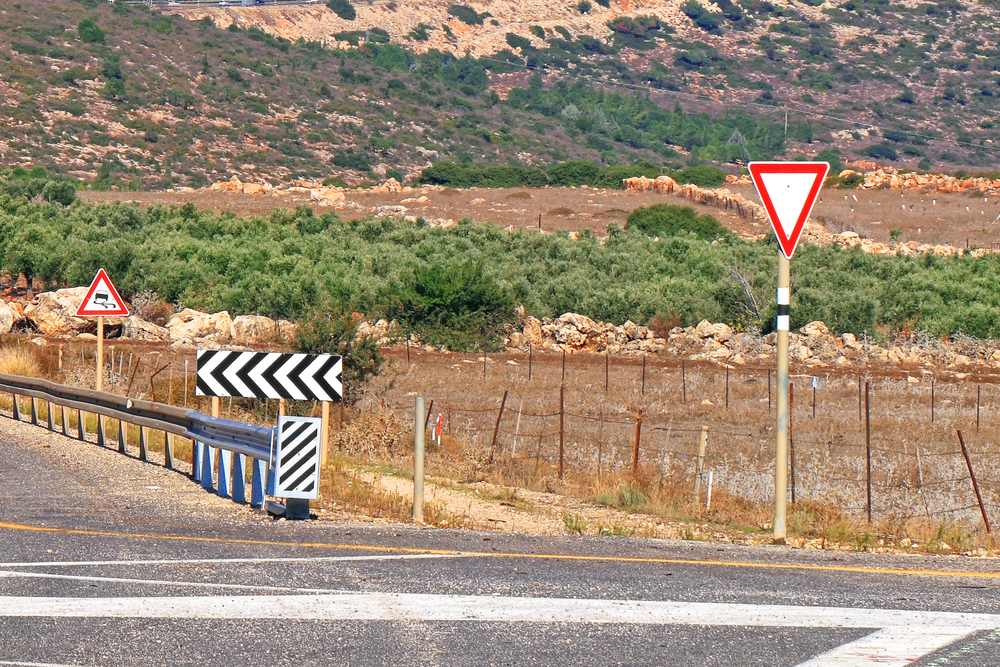
Yield signs are mostly found at junctions where side roads enter the main road or at traffic circles, where it is necessary to slow down and be prepared to stop, giving priority to other vehicles and pedestrians, and ensure that it is safe to do so before passing. When pedestrians are in front of you, you must come to a complete stop.
Canada’s jostling phenomenon is rare, local drivers have no precautionary awareness of it, if you turn and jostle with the straight line, you may easily get into an accident.
Two-way left turn lane
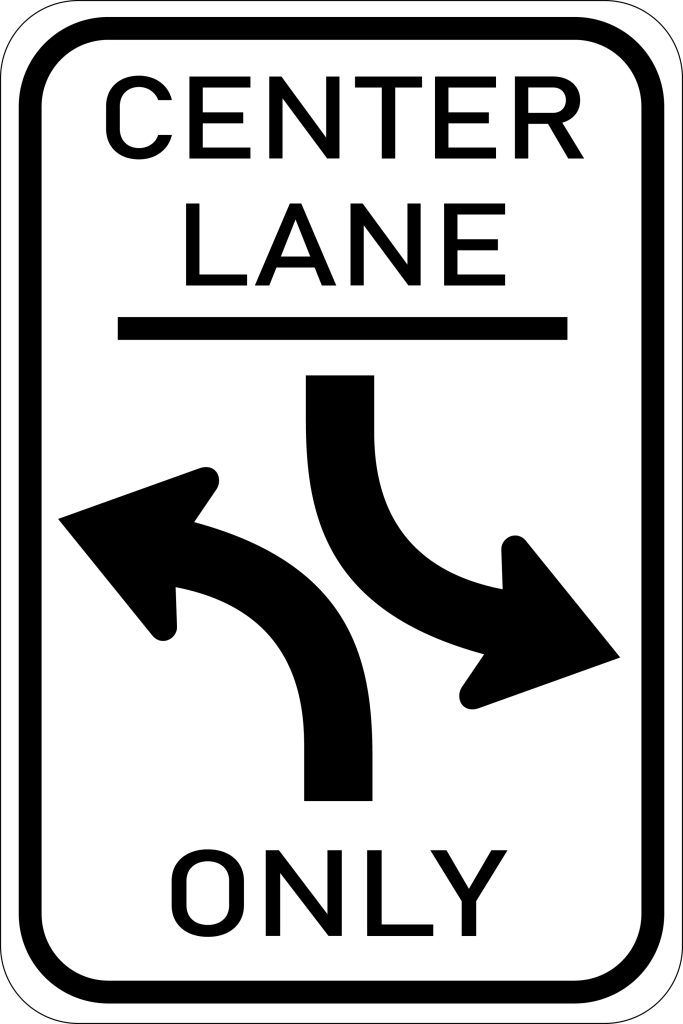
This sign stands for “Shared Left Turn Lane in Both Directions”. It is designed to reduce congestion caused by left turns.
This is a two-way shared lane, so there may be oncoming traffic, but don’t panic!
Also, the “two-way left turn lanes” are left turn lanes, so don’t use them to overtake other vehicles.
Speed Limit
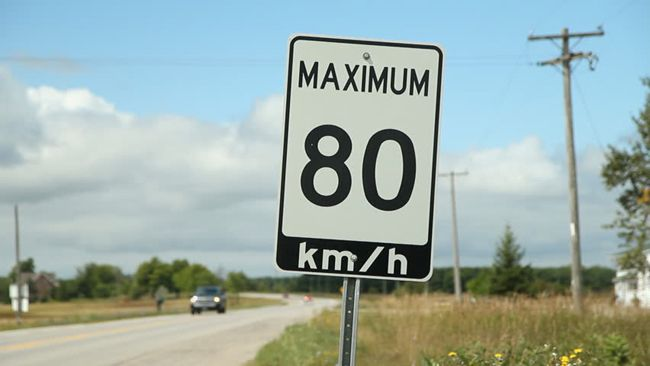
Generally speaking, the speed limit is 80-100km/h on highways, 80km/h in the suburbs, 50km/h in urban areas, and 30km/h if there is a school in the neighborhood. The speed limit varies in different parts of the city, so pay attention to the speed limit signs on the side of the road. It’s very easy to exceed the speed limit on highways, and it’s also easy to be caught, so you need to pay special attention to it, and the fines for exceeding the speed limit are high.
Right Turn on Red Light
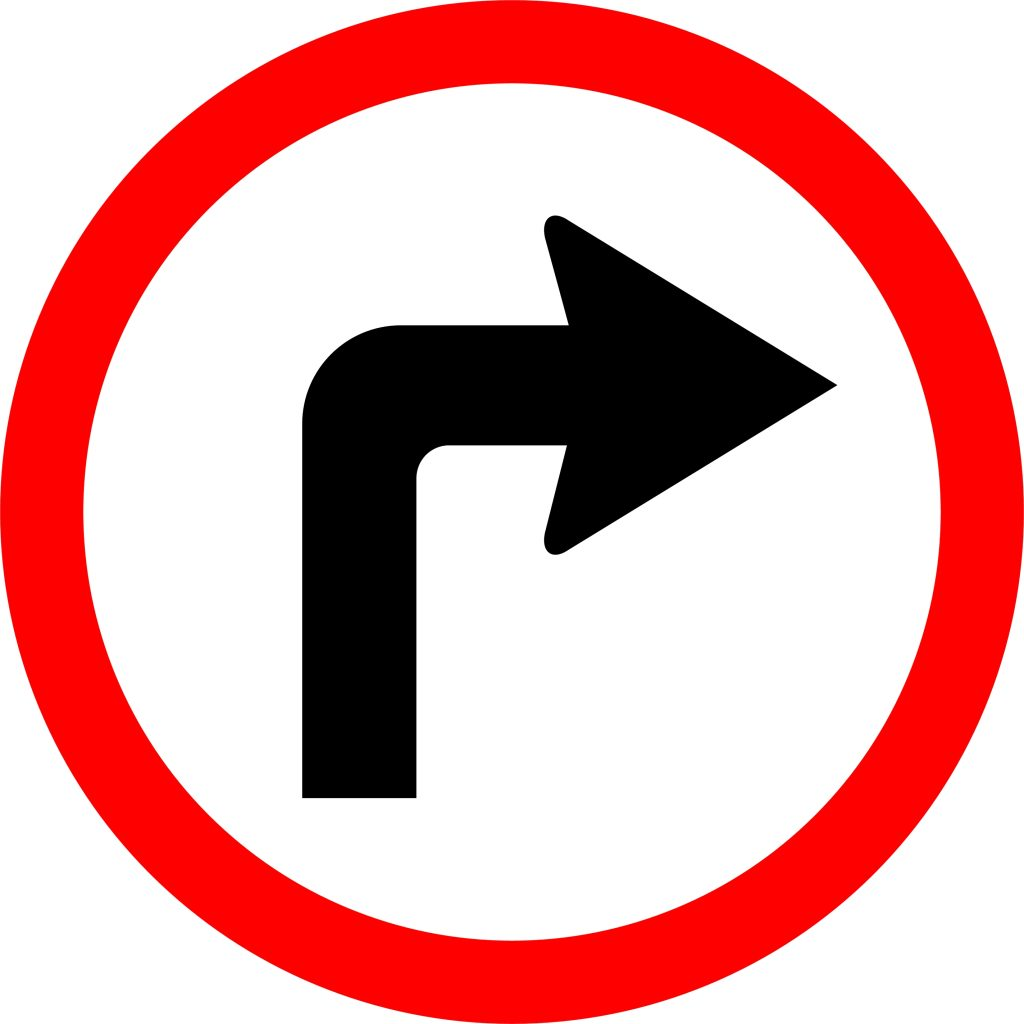
For many intersections in Canada, if you stopped safely on a red light, you can turn right.
These 2 conditions could be called safe:
- When the intersection is clear of cars, pedestrians, and bicycles.
- If there is sufficient distance within cars, pedestrians, and bicyclists, a right turn can be secured.
- On the other hand, there are intersections where right turns are prohibited regardless of the red light. It is important to keep this in mind so that you would not unwittingly break the law!
Highway Regulations
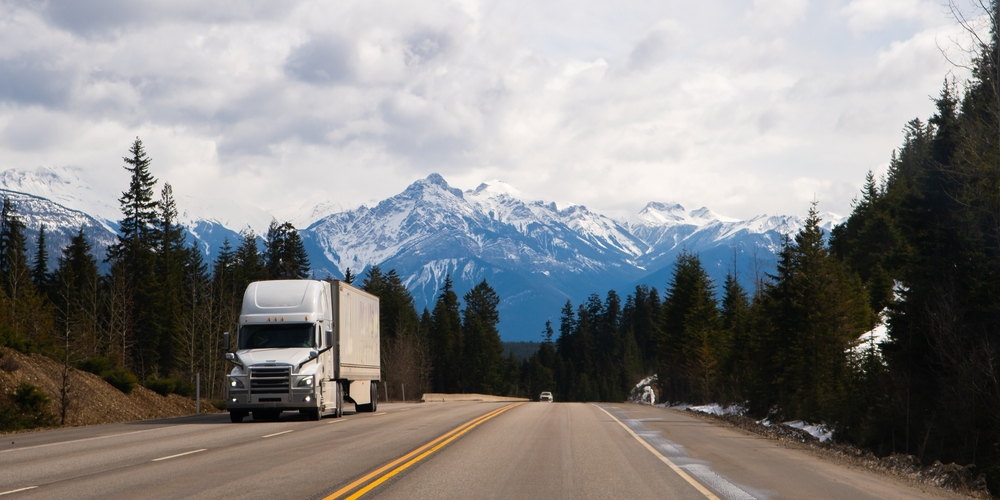
Highways in the U.S. and Canada are free, with some exceptions.
So where does the money come from? Most of the time it comes from the gasoline tax. This seems like a reasonable idea since it saves labor costs and people who use a lot of gasoline also use a lot of roads. Also, the U.S. and Canada are connected by land and it’s easy to drive across the border.
How to Cross the U.S./Canada Border
Basically, you cannot drive a rental car across the border without prior permission.
If you cross the border without permission and cause an accident, your insurance will not be covered.
However, if you are renting a car from one of the major car rental companies in the United States or Canada, you can cross the U.S.-Canadian border. Please check with the car rental company in advance.
Refueling
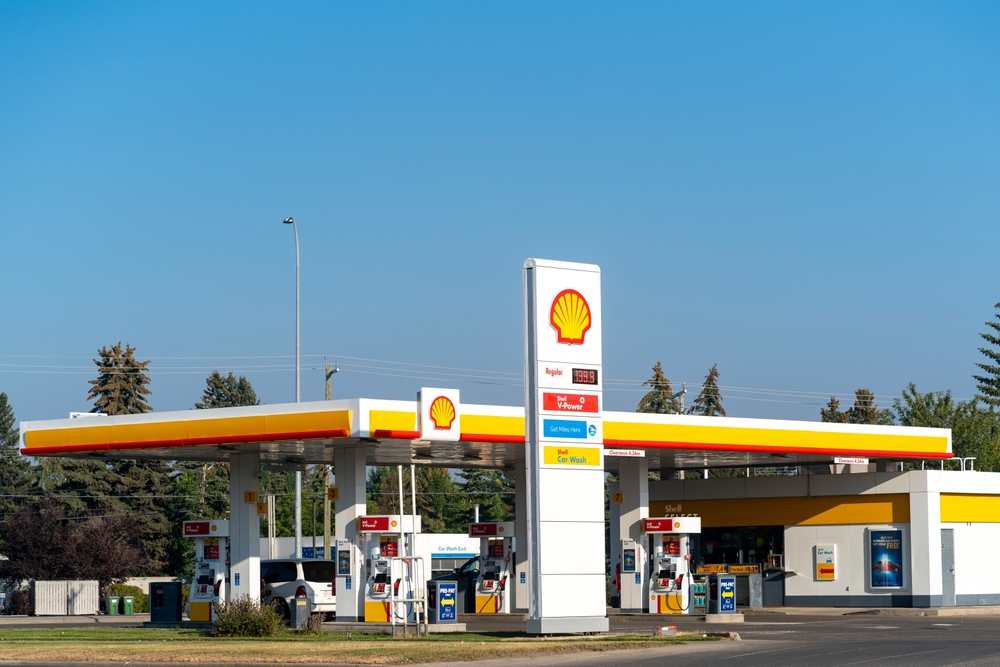
Types of Gasoline
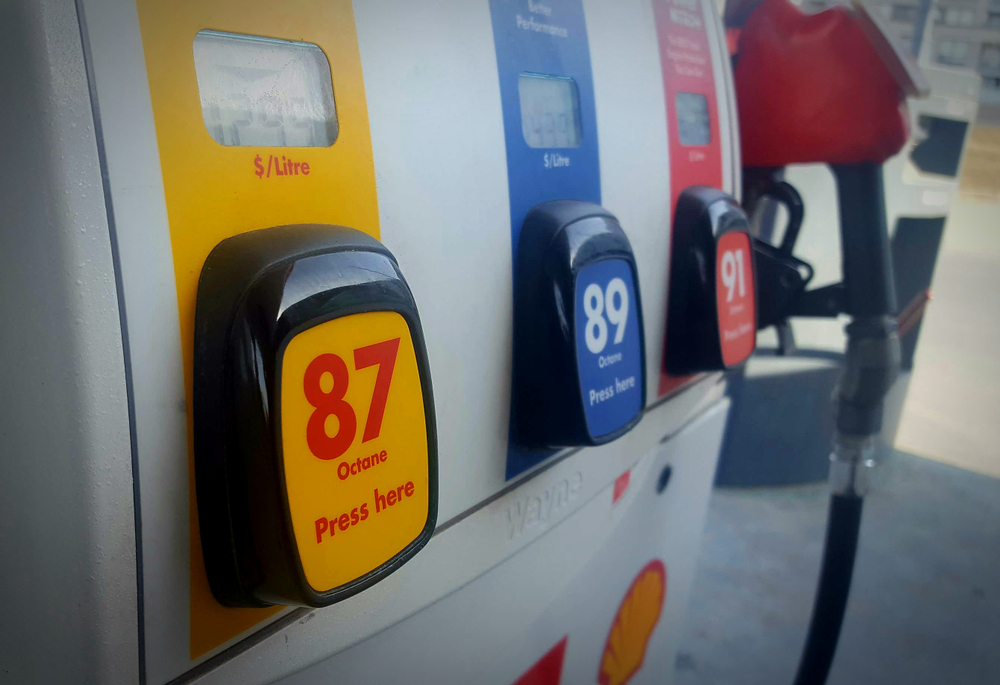
Common gas stations in Canada are Esso, Shell, Chevron, PetroCanada, Husky and Mohawk.
Canadian gasoline is categorized as 87 (regular, unleaded), 89 (plus, midgrade), 91 (supreme, premier), and 93 (V-power). The higher the number, the higher the quality and the more expensive it will be. Most cars can be fitted with 87, while diesel cars are prominently marked with the word “Diesel”.
Self-service Station
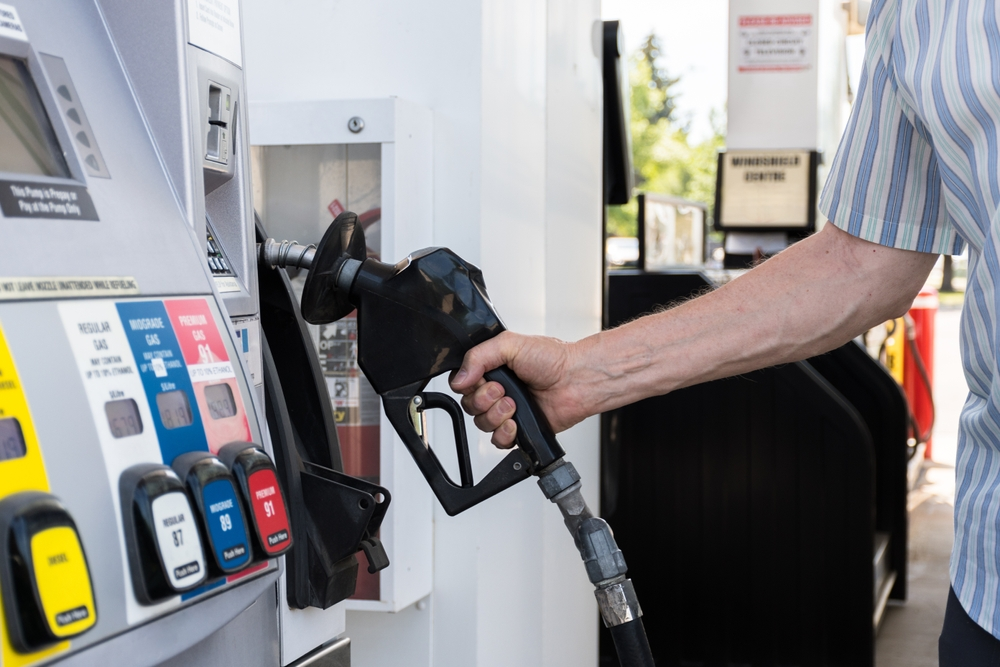
Firstly, input the volume or sum of your intended amount before taking the nozzle. If you do not have a designated volume or sum, skip this part.
Second, take the nozzle and start refueling. Be mindful that gas stations in Australia do not possess static electricity elimination equipment, so turn off your cell in advance.
Last, when you have filled your tank, proceed to the store and pay the bill.
Parking
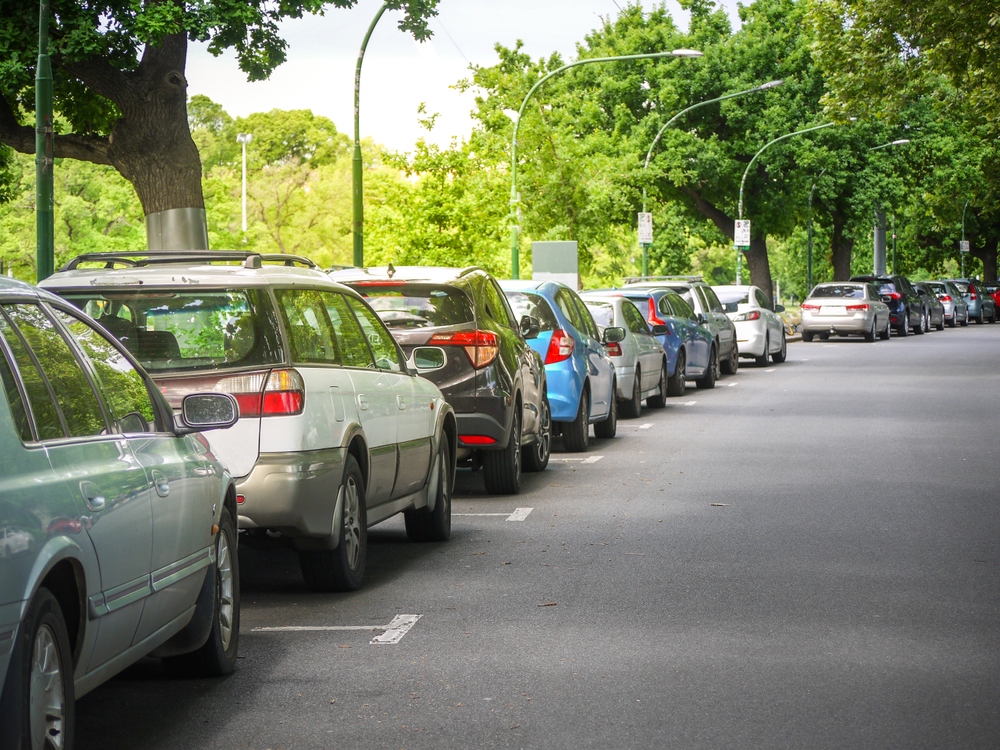
Public Parking Lot
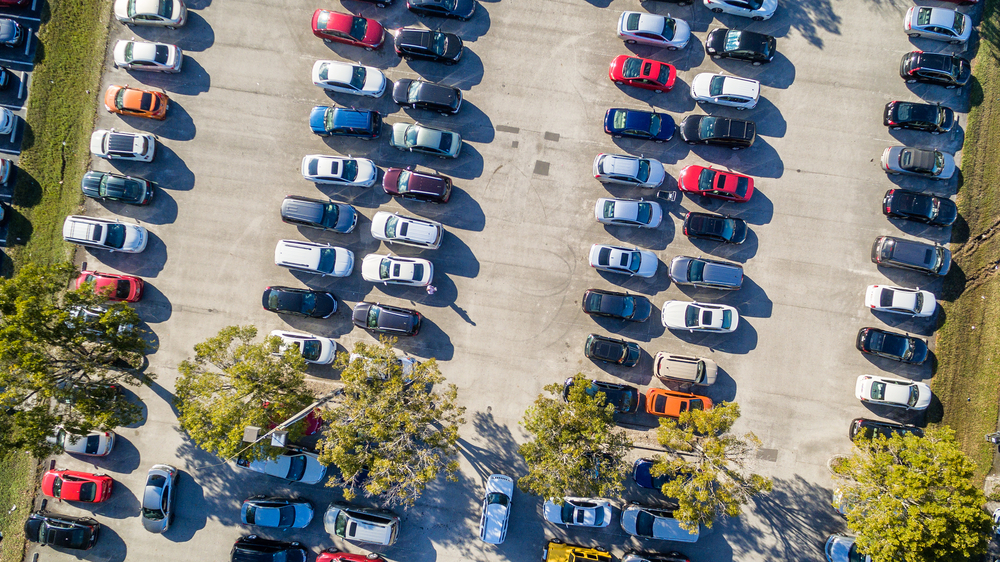
Shopping centers and malls usually have free public parking beside them, but there are usually time limits as well. At other malls, parking is free only for consumers; others could buy tickets.
Scenic spots and downtown areas usually have paid parking lots with white lines marking the space to distinguish between buses and regular cars; just park in the right spot.
Unless there are special circumstances, parking should be done with the front of the car facing inwards rather than backwards.
Roadside Parking
Roads in Canada are wide, so street parking is legal. You can park in any available parking space on a first-come basis. Houses that don’t have enough parking space or couldn’t rent a parking lot may list “available street parking” in their application details. No one would complain if you park in front of someone’s house. However, parking is not absolutely allowed everywhere; there are detailed regulations.
Parking Restricted Spaces
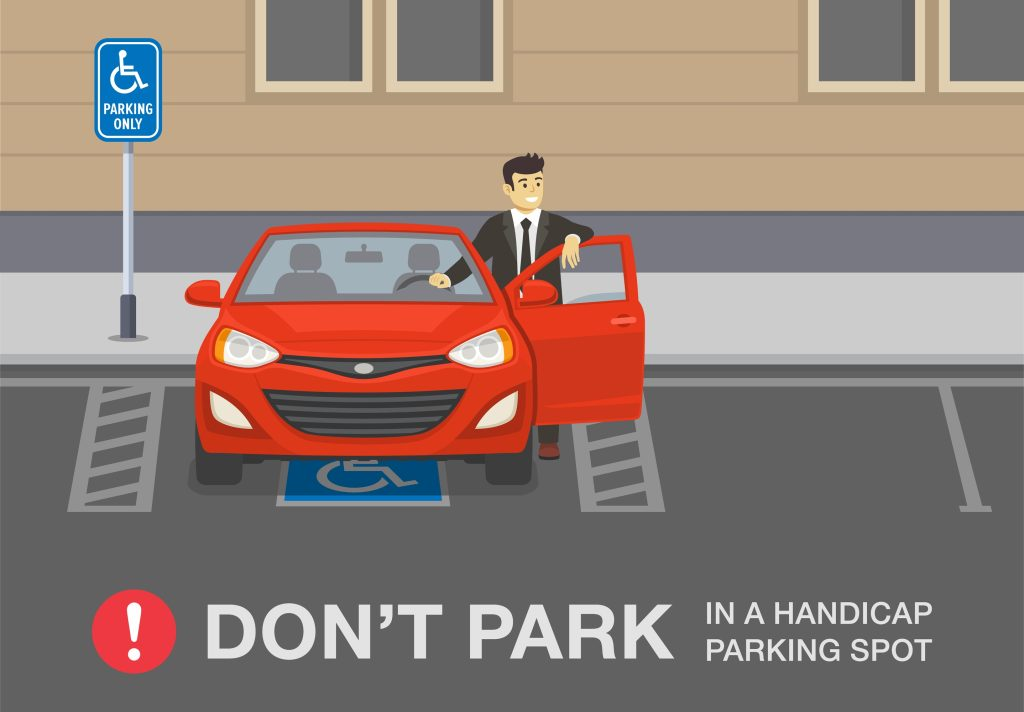
No parking in parking spaces for the disabled, at building entrances and exits, next to fire hydrants, bus stops, etc.
Accident Handling
If you are involved in a traffic accident, do not panic. Check whether the passengers are injured, help yourself and seek help from passersby. Emergency contacts are available at any time.
Police, Fire, Ambulance: 911
Embassy Numbers by Country:
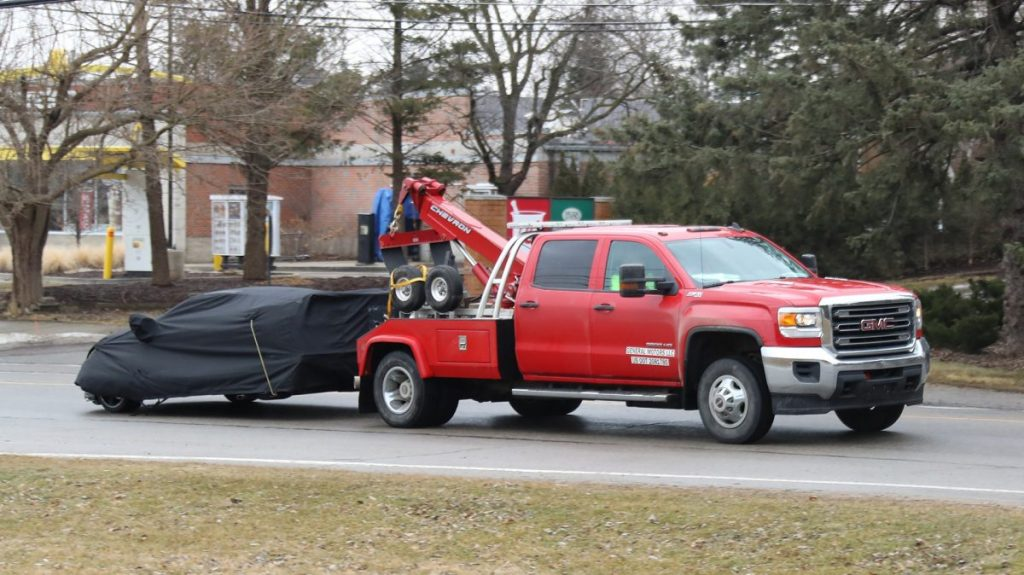
Scratch
Ensure the safety of personnel→ Move the vehicle to the side of the road without obstructing the traffic→ Call 911 →Take photos or videos of the condition of the vehicle →Register the accident by police and keep a proper record of the accident→ Contact the rental car company and insurance company.
Theft
Call 911 → Police take notes → Insurance report → Verify information → Payment
Malfunction
Call the rental car company → They will send someone nearby to tow your car or change a tire.
If the rental car company is unable to help you, contact a towing service with the help of the police. Car repairs are very expensive sometimes, so it is important to have insurance.
Roadside Assistance
When renting a car and driving in Canada, if a traffic accident occurs, in addition to calling 911, you can also contact the following emergency contact numbers:
Roadside Assistance Number in Canada: 1-800-222-4357
You can also contact your car rental company:
AVIS: 1-800-352-7900
SIXT: 1 (888) 749 8227
Budget: 800-218-7992
Thrifty: 1-800-283-0898
Hertz: 1-800-654-5060
ACE: (877) 822-3872
Dollar: 800-235-9393
Yesaway: 1 424-800-4990
Returning the Rental Car
To return the car, just drive back to the rental car company, but pay attention to the following things:
Refuel Before Returning
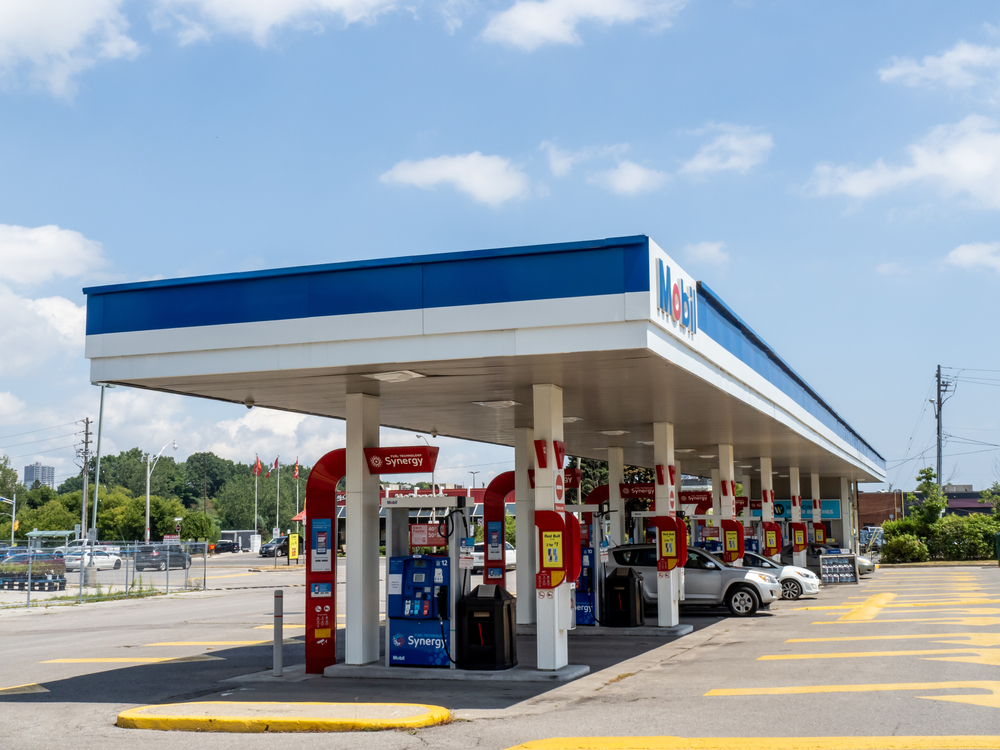
Usually, the basic rule for returning a car is to refuel the gas before returning it to the rental car company.
Even if the time is up, and there may not be a convenient gas station, it’s okay to drive for a while (about 5 kilometers or so) after refueling.
If you try to return the car after the due time without refueling, or if you drive a excessive long distance after refueling, we will calculate the remaining time and charge you an additional fee.
Inspect the Car
When you arrive, we will have a representative inspect your vehicle for damage. If it had any damage, additional payment would be made.
Reconcile the Fee
When you return the car, the staff will check and record the vehicle and print the settlement list on site. Please check the list carefully, and if you have any unknown charges, you can raise them in person or call customer service to solve the problem.
Keep the Contract and Document
After returning the car, it is recommended to keep the contract and receipts in a safe place in case of needs.
Help after Trip
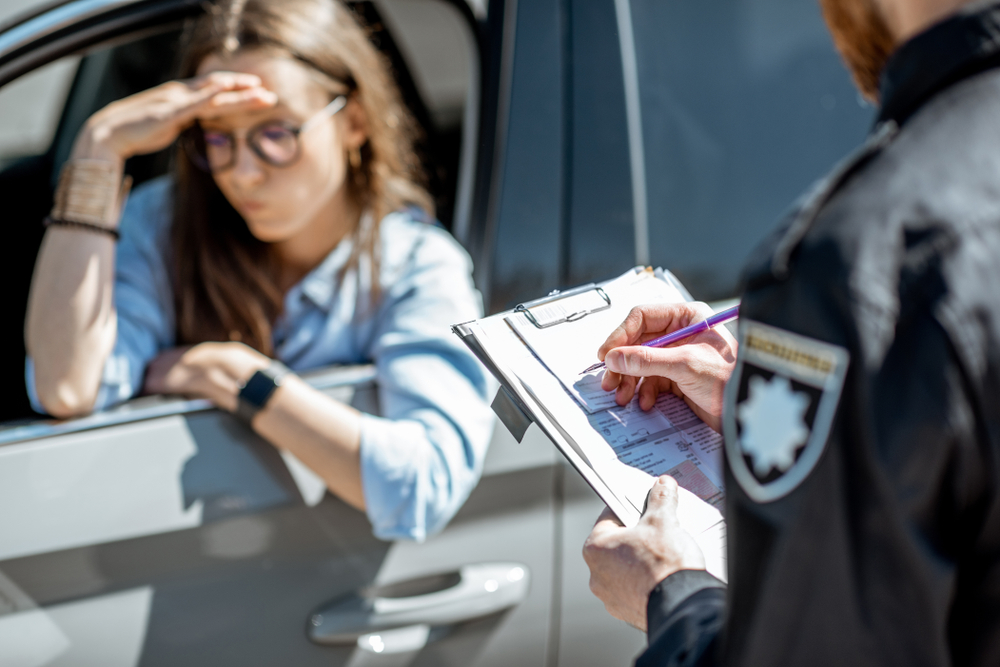
Traffic Citation
How to Pay Fine Ticket:
- Online payment is the most convenient. There is a payment web site attached on the ticket, follow the instructions to enter the ticket serial number and then add your credit card information to pay the fine. Please mind the due date, otherwise you would pay a late fee.
- If you could not pay right away, tell the rental company, and the company could charge your credit card directly, although there is usually a commission.
- If there are no violations during the rental period, the deposit will be automatically unfrozen and refunded to the main driver’s credit card within a month.
Insurance Claim
If you bought a full coverage insurance, you would receive a fast claim settlement. The following documents should be prepared:
- Passport
- Driver’s License
- Credit Card Checkback History
- The Car Rental Contract
- Car Damage Deduction Bill
For more detailed information, check the terms and conditions of insurance company:
https://www.qeeq.com/term?info=axa_policy&browser_open=1
Unknown Charges after Trip
If you received an unexpected deduction when you return to your home country, it might be that your violation fee is paid by the car rental company, but usually the deduction amount will be more expensive than the violation fee because that includes the management fee charged by the car rental company. If you don’t know what the violation was, you can contact our customer service for help.
Classic Routes
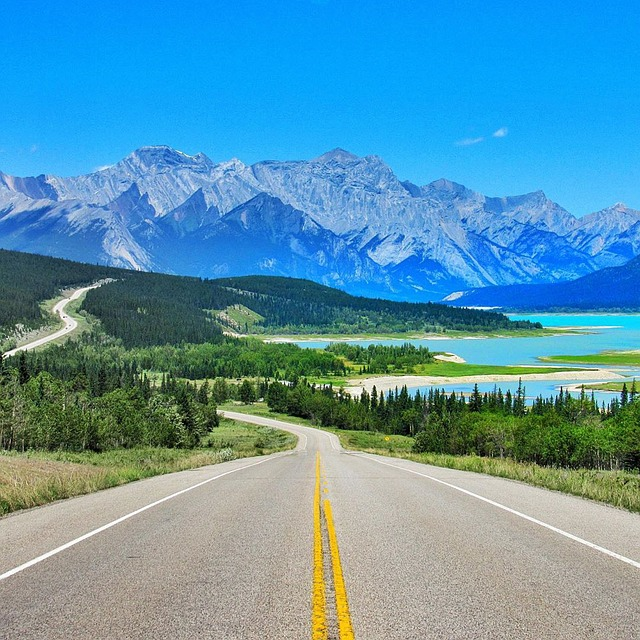
Western Canada
- The Vancouver to Banff Road Trip
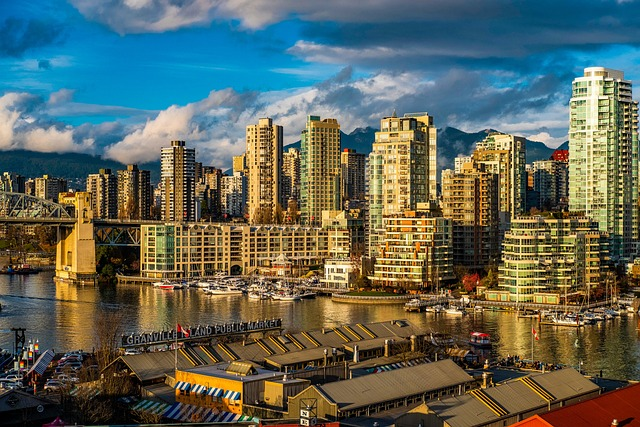
Embark on an unforgettable road trip from Vancouver to Banff, exploring some of Canada’s most stunning landscapes and vibrant towns. Start in the bustling city of Vancouver, then head north to Squamish for outdoor adventures and breathtaking views. Continue to Whistler, a world-renowned ski resort town, before driving east to Kamloops for a relaxing break. Visit Glacier National Park of Canada to marvel at rugged mountains and glaciers, then proceed to Golden, a gateway to several national parks. Stop by the stunning Emerald Lake in Yoho National Park, followed by the iconic Lake Louise with its crystal-clear waters. Finally, arrive in Banff, where you can explore the charming town and take in the majestic mountain scenery.
- Rocky Mountain Bucket List

Discover the ultimate Rocky Mountain road trip with Travel Alberta’s Rocky Mountain Bucket List. This unforgettable journey takes you from the vibrant city of Vancouver through the breathtaking landscapes of the Canadian Rockies. Key stops include the adventure hub of Squamish, the world-renowned resort town of Whistler, and the scenic city of Kamloops. Continue your adventure through Glacier National Park of Canada, the charming town of Golden, and the stunning Emerald Lake in Yoho National Park. Visit the iconic Lake Louise before arriving in Banff, where you can explore the charming town and soak in the majestic mountain scenery.
Central Canada
- 5-day Ontario road trip: The Blue Mountains, Wasaga Beach, Orillia and Muskoka
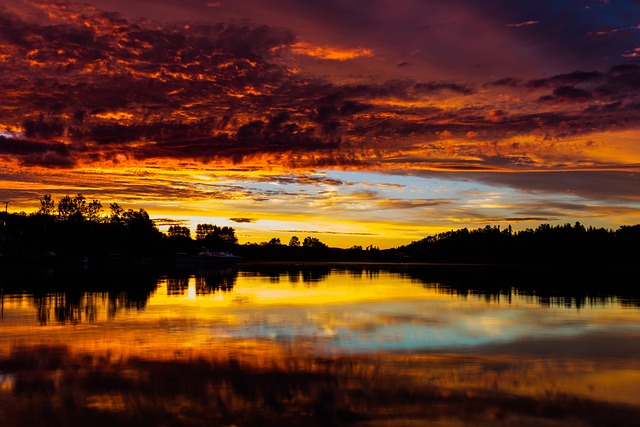
Explore the beauty of Ontario with a 5-day road trip that takes you through the Blue Mountains, Wasaga Beach, Orillia, and Muskoka. Start your journey in the scenic Blue Mountains, known for its outdoor activities and stunning landscapes. Next, head to Wasaga Beach, the world’s longest freshwater beach, perfect for relaxation and water sports. Continue to Orillia, a charming town with rich cultural heritage and beautiful waterfronts. Finally, explore Muskoka, renowned for its picturesque lakes, lush forests, and luxurious cottages. This road trip offers a perfect blend of adventure, relaxation, and natural beauty.
- Route des Navigateurs
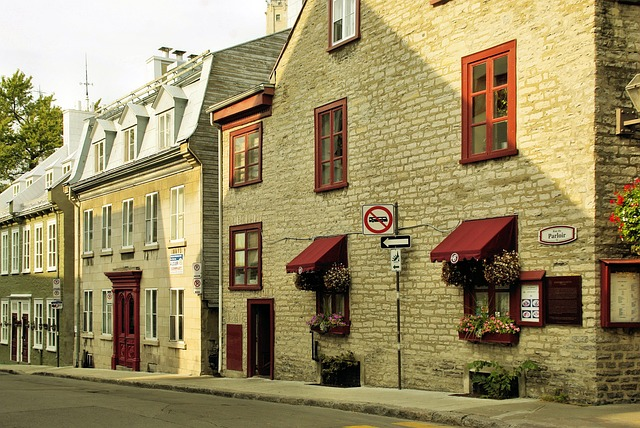
Discover the beauty of Quebec with the Navigators’ Route, a scenic journey along the St. Lawrence River. This route takes you through charming coastal villages, historic sites, and breathtaking landscapes. Start your adventure in the vibrant city of Montreal, then head northeast along the river, passing through picturesque towns like Trois-Rivières and Quebec City. Continue to explore the stunning Charlevoix region, known for its dramatic cliffs and rolling hills. The route also includes stops in the Bas-Saint-Laurent and Gaspésie regions, where you can enjoy coastal views, wildlife, and outdoor activities. This journey offers a perfect blend of cultural experiences and natural beauty.
Atlantic Canada
- Discover the Eastern Shore
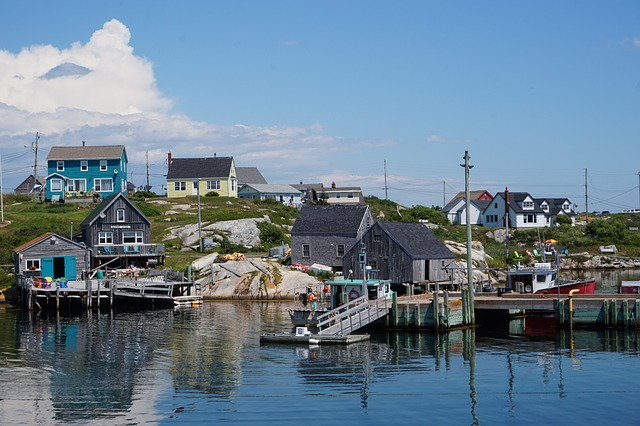
Explore the stunning Eastern Shore of Nova Scotia with this 3-day itinerary. Begin your journey in the vibrant city of Halifax, then head east to discover the picturesque coastal communities and pristine beaches. On the first day, visit the historic village of Fisherman’s Cove and enjoy the scenic views at Lawrencetown Beach. Continue your adventure on the second day by exploring the charming town of Sheet Harbour and the beautiful Taylor Head Provincial Park. On the final day, visit the historic Sherbrooke Village and immerse yourself in the rich cultural heritage of the region. This itinerary offers a perfect blend of outdoor activities, scenic beauty, and cultural experiences.
- Discovery Trail
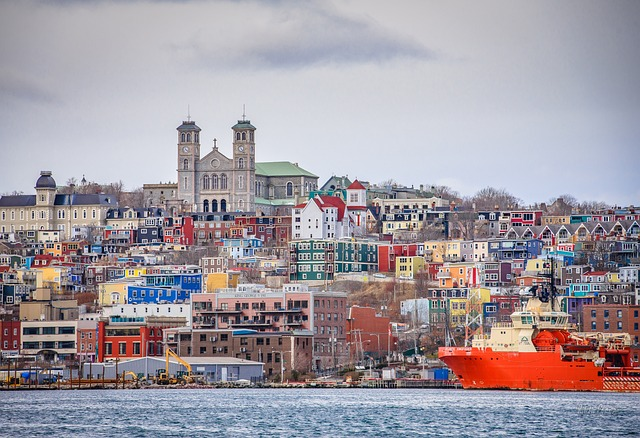
Discover the beauty of Newfoundland and Labrador with the Discovery Trail, a scenic road trip along the eastern coast of the Bonavista Peninsula. This route takes you through charming coastal communities, historic sites, and breathtaking landscapes. Start your journey in the historic town of Trinity, known for its well-preserved architecture and cultural activities. Continue to the town of Bonavista, where explorer John Cabot first landed in North America. Along the way, enjoy stunning coastal views, visit lighthouses, and explore hiking trails. The Discovery Trail offers a perfect blend of natural beauty, history, and cultural experiences.
- Points East Coastal Drive
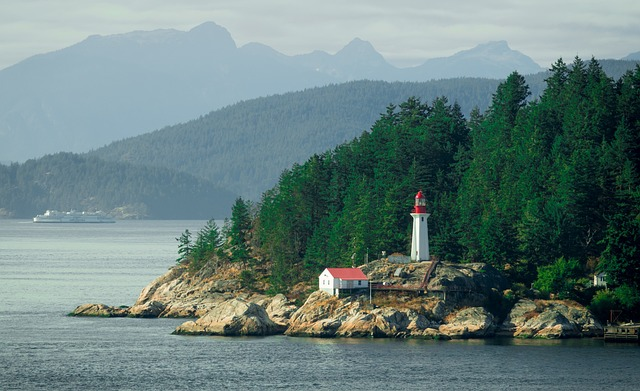
Explore the scenic beauty of Prince Edward Island with the Points East Coastal Drive, a picturesque road trip along the island’s eastern coast. This route takes you through charming coastal communities, pristine beaches, and historic sites. Start your journey in the vibrant city of Charlottetown, then head east to discover the stunning landscapes of the Points East Coastal Drive. Highlights include the beautiful Basin Head Beach, known for its singing sands, and the historic East Point Lighthouse. Along the way, enjoy fresh seafood, explore hiking trails, and visit local artisan shops. The Points East Coastal Drive offers a perfect blend of natural beauty, cultural experiences, and outdoor adventures.
Useful Websites and Numbers

- Official tourism website of Canada:
https://www.destinationcanada.com
- Roadside Assistance Number in Canada: 1-800-222-4357
- Police, Fire, Ambulance: 911
- Embassies and Consulates by Destination:
https://travel.gc.ca/assistance/embassies-consulates
- You can also contact your car rental company:
AVIS: 1-800-352-7900
SIXT: 1 (888) 749 8227
Budget: 800-218-7992
Thrifty: 1-800-283-0898
Hertz: 1-800-654-5060
ACE: (877) 822-3872
Dollar: 800-235-9393
Yesaway: 1 424-800-4990
Thank you for reading it through to the end.
Enjoy your Canada road trip!